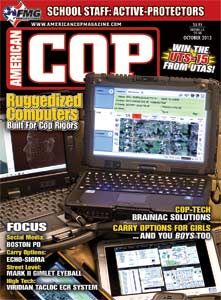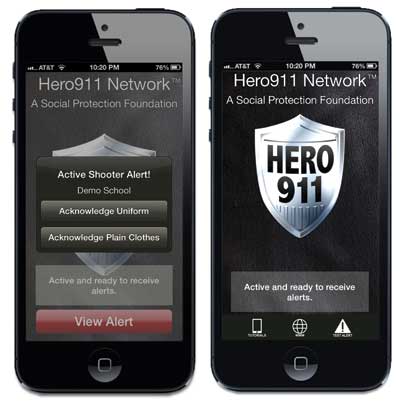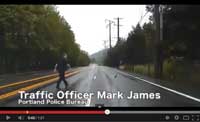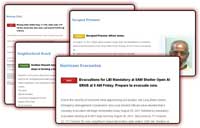
social_media
The Media And @bostonpolice.
On April 15, 2013, our country was rocked by dual bombings near the finish line of the Boston Marathon. Mere days later, two suspects were identified. One was killed in a gunfight, the other was ultimately found hiding in a boat, and by now we’re all familiar with the incident. The incident itself is not what this article is about. If you’ll remember, there were a myriad of misrepresented facts, fabricated stories and outright false details reported by the “legitimate media.”
The Wall Street Journal reported there were five additional explosive devices located in the area. There were not. CNN and MSNBC reported there was a third bombing at the JFK library. It turned out to be an unrelated fire. Local affiliates reported cell service had been shut down to prevent accidental explosions. This never occurred. FOX News and CNN reported an arrest had been made. At the time of their reporting, no arrest had been made and no suspects had been identified/publicized. Finally, the headline on the front page of the New York Post read, “Feds Seek These Two Pictured At The Boston Marathon”. Along with the headline was indeed a photo of two men … two innocent men. Another man’s name was used on TV media and he was not involved in the crime. There was rampant misreporting about the bombing suspects also robbing a local 7-Eleven.
Seems pretty obvious that in the race to be first, “lamestream” media forgot about a critically important factor in Journalism 101: Accuracy.
Brilliant Boston
Enter Boston PD (@bostonpolice). Before we delve into how they handled the bombing, let’s look at two basic stats. Boston PD has (as of this writing) 290,921 followers on Twitter and 85,304 on Facebook. Arguably, some of those could be repetitive (one person following on both platforms). Boston’s population is 625,087. If we assume the 290K followers all live in Boston, it means 46.5 percent of the population follows their police department. Of course, that isn’t true; I follow Boston PD on Twitter yet have never been to Boston. However, I have about 1,000 followers on Twitter, meaning when I retweet (send out a message from someone I follow to my own followers), the reach is exponential. Think of it as forwarding an email.
Something else you need to know is what a hashtag is. It’s a word or phrase prefixed with “#” and is a way in which people can categorize their conversation. It makes searching and participating in a conversation about a specific topic very easy.
During the bombing, BPD’s Twitter stream was incredibly busy and did one hell of a job keeping the community informed — accurately. They used four different hashtags during the week of the bombing: #TweetFromTheBeat, #CommunityAlert, #Wanted, and #MediaAlert or #MediaAdvisory.
The #CommunityAlert tag was geared toward people living in Watertown where the activity/manhunt was occurring. The community was receiving up-to-the-minute, reliable information from their police department. Invaluable.
The #Wanted tag was used in regards to information specifically about the suspects. Finally, the #MediaAlert tag was designed to communicate between BPD and the media. Having tweeted something myself to the effect of “Hey Media! Stop f’n up tactical positions,” I was glad to see BPD address the ineptitude of the media with their tweets. The #MediaAlert-tagged pictured above had 19,913 retweets. 19,913 people sent that message again. Without looking specifically at Boston PD’s metrics, there’s no way of telling how many of those 19,913 were retweeted again. Do you see the power of this platform?
What Are You Afraid Of?
I understand the reticence of some folks in the old guard about the potential issues that go hand-in-hand with this relatively new technology, and I’m certainly not saying get all your baby cops a Twitter handle and turn ‘em loose. Here’s the thing, though: cops in general resist change because “that’s not the way we’ve always done it,” or “that’s not the way I was trained.”
Well guess what? When we were trained, this technology didn’t freaking exist! On the short list of tools cops have access to, social media ranks right up there next to the duty weapon, TASER and handcuffs.
Remember when Community Oriented Policing (COP) first hit and became the buzzword for police departments across the nation? Imagine that perspective on steroids. At your disposal is one of the most effective and efficient communication tools available today and for the foreseeable future. At the risk of sounding harsh and judgmental, it’s my opinion you’d be a fool not to take advantage of it.
The people of Boston and Watertown are certainly grateful their police department had the foresight to jump in.
By Jason Hoschouer
Order Your Printed Copy Of The American COP October 2013 Issue Today!
Download A PDF Of The American COP October 2013 Issue Now!















